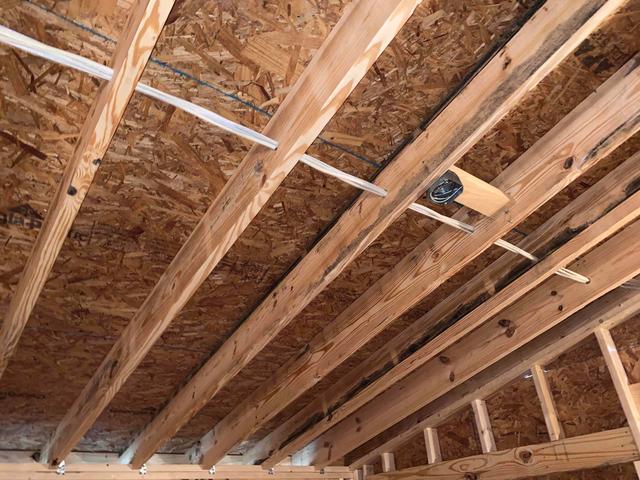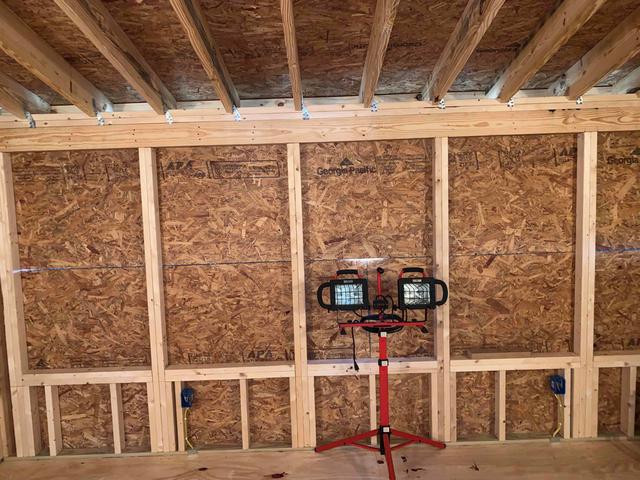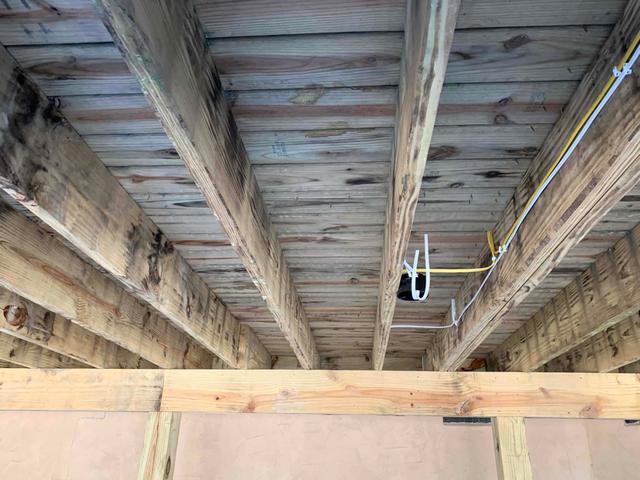
Air Gaps
Homes are naturally built leaky, anywhere light can get in, so can air. Gaps in construction allow air to flow in and transfer to our conditioned space leaving us too cold in the winter and too hot in the summer. The homeowner will need a solution that both air seals and insulates the space to keep it comfortable.

Sloped Ceiling
The roof of the new sunroom will allow heat to radiate down in the summer and warm air to escape in the winter if it is not properly air sealed and insulated. Soffit vents where the roofline meets the wall will typically allow for ventilation. In this case, the homeowner is choosing to condition the space and block the vents to have Closed-Cell Spray Foam applied to the slopes.

Exterior Walls
Exterior walls are often not properly air sealed and typically only insulted with fiberglass batts, which settle over time. This allows for convective looping to occur. In convective looping, warm conditioned air meets a cold exterior wall and gives up its heat. The now cold air falls and the cycle continues, this leaves homeowners feeling drafts and is a big reason room feel much colder around the edges. To combat this, the homeowners chose to insulate with Closed Cell Spray Foam which will both air seal the wall cavities and provides a higher R-value per inch.

Subfloor Insulation
The addition is raised, and the foundation is open, leaving the subfloor and the room above it subject to the elements. Installing fiberglass insulation in these conditions would result in the material being damaged quickly and would act as an air filter because the material is ineffective if it is not enclosed on all sides. The homeowners chose to have closed cell spray foam applied to the subfloor at a 2-inch thickness. This provides an air barrier and a vapor retarder, preventing cold floors in the winter, and protecting the floors from the elements.


